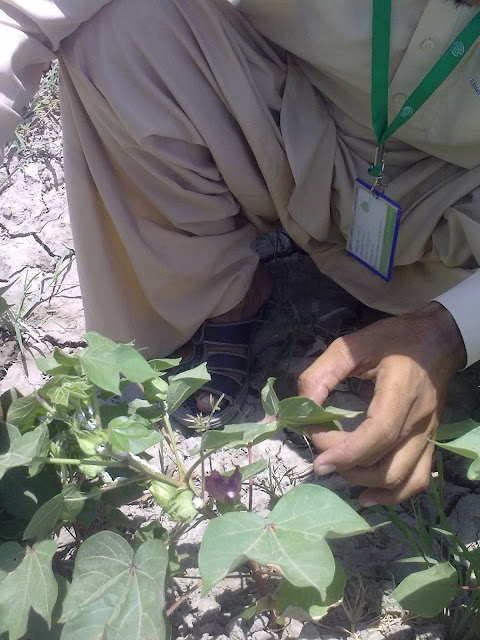Biological Control: The Pros and Cons of Using Natural predators to Manage Pests
Biological control is one of the most effective ways to fight pests and encourage plant growth, but it’s not without its downsides. In this article, you’ll learn about the pros and cons of using biological controls in farming, landscaping, and gardening. You’ll also learn what strategies you can use to mitigate risks associated with biological control while maximizing your crop production.
What is Biological Control?
The use of natural predators to control pests is a form of biological control. It's the process by which some other species is introduced into an ecosystem as a way of controlling the population density or reproductive success (or both) of a target pest species. There are pros and cons to this type of pest management, but it can be an effective means of reducing pesticide usage while preserving biodiversity in our ecosystem.
How Does it Work?
A natural predator is a living organism, typically an insect or other invertebrate, that feeds on either the larva or the adult stage of a pest. These natural predators can be used in many different ways. They can be used as part of integrated pest management (IPM) programs that use non-chemical methods to control pests, or they can be introduced into an area where there are no natural predators. This could happen when a new species is introduced or when the natural population has been eliminated through pesticide use.
What are the Pros?
Insects are a major threat to our food supply. In order for the food system to work, we need healthy crop yields. That is where biological control comes in. Biological control is the use of natural enemies that attack pest insects. These natural enemies include viruses, bacteria, fungi, protozoans, and arthropods.
Is it Effective?
It is important to take into consideration the pros and cons of using biological control in an area. While it may sound beneficial, there are some downsides that need to be considered. Firstly, it takes time for natural predators to establish a population before they can start controlling pests. This period is referred to as the lag phase, meaning there will likely be an increase in pest populations during this time due to their lack of competition from the natural predator.






Comments
Post a Comment